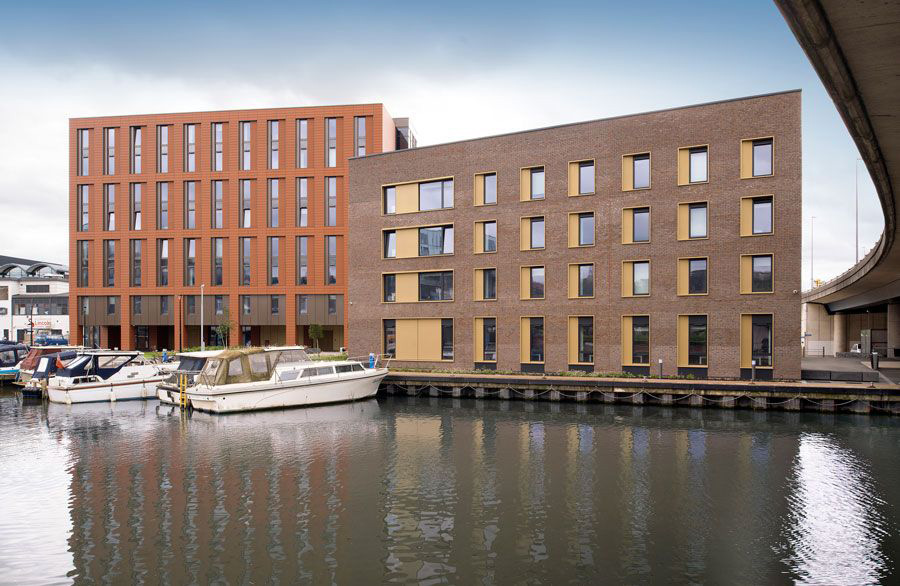Hi! I'm a third year history student who loves cats, music, tattoos and records! I'm passionate about disability and mental health advocacy and awareness :)

The difference between autistic burnout and depression
May 18, 2021,
read.
This article is more than 3 years old
‘Having All of Your Internal Resources Exhausted Beyond Measure and Being Left with No Clean-Up Crew’- Autism in Adulthood Journal. Vol. 2, No. 2.
I want to contribute to the debate around differentiating between Autistic burnout and symptoms of depression as an actual Autistic person who has been diagnosed with depression, as most available resources seem to be scholarly or organisation-led, rather than anecdotal or personal.
My hope is that I can help other Autistic people recognise burnout, which shares so many symptoms with depression. The distinction between the two is so important because while presentation may be similar, steps to alleviate symptoms hugely differ. So, by mistaking Autistic burnout for depression, you are likely to make yourself feel worse. This creates the cycle that I spent my entire childhood stuck in.
What is Autistic burnout like?
‘Autistic burnout’ is the intense physical, mental or emotional exhaustion, often accompanied by a loss of skills, that some adults with autism experience. Many autistic people say it results mainly from the cumulative effect of having to navigate a world that is designed for neurotypical people.
Burnout may especially affect autistic adults who have strong cognitive and language abilities and are working or going to school with neurotypical people. Much like many aspects of Autism, burnout severity and presentation varies from person to person but the main components are:
- Loss of skills – cognition, executive function, memory, speech/communication, ability to cope, ability to do things once could do
- Increased sensitivity to sensory stimulus, to sensory overload, to change & to social stimulus
- Increased autistic behaviour (e.g. stimming, speech difficulties)
- More frequent meltdowns/shutdowns
- Chronic exhaustion
- Contributes to depression, anxiety or suicidal behaviour
For me, burnout typically manifests as: sensory overload, complete depletion of my social battery, chronic exhaustion, inability to handle ordinary commitments and cancelling plans.
What Causes Burnout?
Burnout is often caused by masking, which is a social phenomenon where autistic people learn, practice, and perform certain behaviours and suppress others in order to appear more neurotypical. This strategy can help Autistic people appear more ‘functional’ or ‘normal’ but requires immense effort. Burnout can also result from sensory overload, such as an overwhelming environment, executive function demands like having to juggle too many tasks or commitments at once, or stress associated with change.
For me, burnout is typically caused by being forced to mask for long periods of time – this is why I’m functioning so much better with online classes as I don’t have to mask at all.
How Do You Recover From Autistic Burnout?
Because burnout is subjective and steps to recovery vary from person to person, but the main strategies are:
- Reducing commitments or tasks as much as possible
- Stimming or time with special interests
- Time spent without masking
- Time off from school or work
- Reduced self-expectations
- Sensory or social withdrawal
- Time to recover
- Recognizing triggers and adapting life as much as possible to reduce burnout
For me, I reduce commitments as much as I can and spend A LOT of time by myself or with loved ones who I don’t need to mask around. I indulge my interests and take time to recharge this way, away from the pressure to present as neurotypical.
Strategies for Family and Friends:
- Reduced expectations
- Acceptance of Autistic behaviours, e.g., buying stim toys or indulging in your loved one’s special interest
- Emotional support
- Direct support for aid with daily living tasks
- Accommodations at school or in the workplace
- Recognition of triggers to prevent worsened burnout
For me: Helping me to shoulder responsibilities like cleaning or food shopping, advocating for me at appointments, letting me have time to myself.
How does treatment for depression differ from Autistic burnout?
In a nutshell, depression treatment is more about boosting self-esteem and human interaction, while burnout treatment is centred around nurturing your own inner world, free of external pressures. Treating Autistic burnout is all about leaning into the burnout in order to ride it out.
Autistic Burnout
- Reducing commitments or tasks as much as possible
- Stimming or time with special interests
- Time spent without masking
- Time off from school or work
- Reduced self-expectations
- Sensory or social withdrawal
- Time to recover
- Recognising triggers and adapting life as much as possible to reduce burnout
Depression
- Mindfulness
- Talking to someone you trust
- Peer support
- Looking after you physical health
- Trying to stay active
- Keeping a mood diary
- Spending time in nature
- Practicing self-care
- Counselling
- Prescribed Medication
Sources:
https://doi.org/10.1089/aut.2019.0079
https://www.spectrumnews.org/news/autistic-burnout-explained/
https://www.seattlechildrens.org/globalassets/documents/health-and-safety/autism/autism_206_raymaker_slides.pdf
https://www.goodtherapy.org/blog/autistic-burnout-an-often-misunderstood-element-of-autism-080620197
https://www.mind.org.uk/information-support/types-of-mental-health-problems/depression/self-care/
Here is a ‘One day of looking after you‘ self-care guide provided by the Wellbeing Centre and the Mind guide on Depression.




